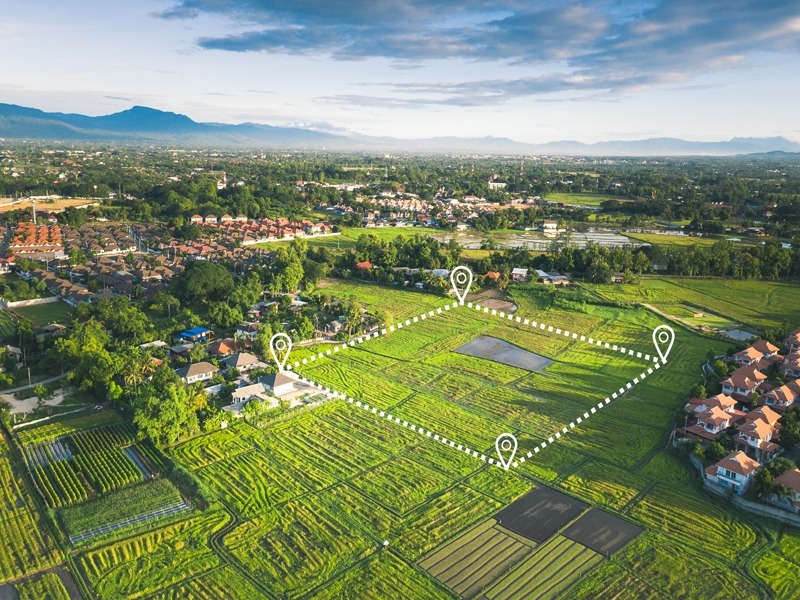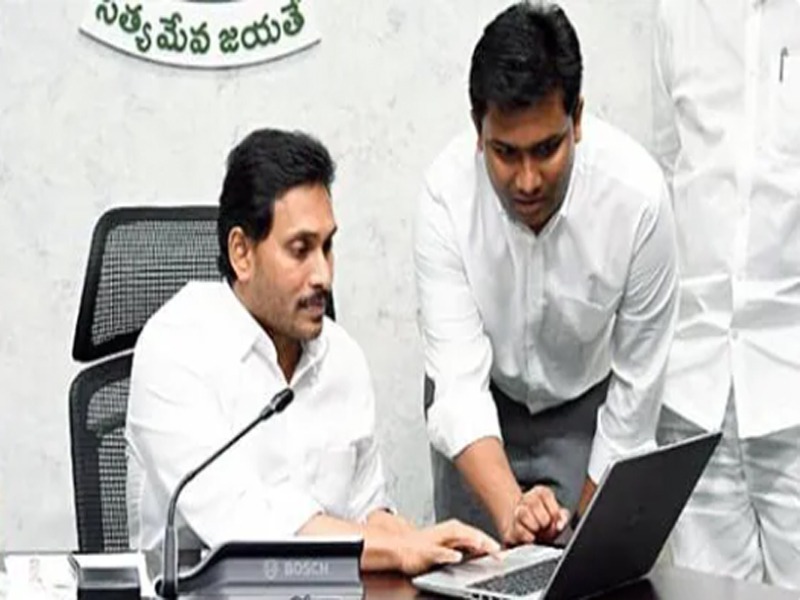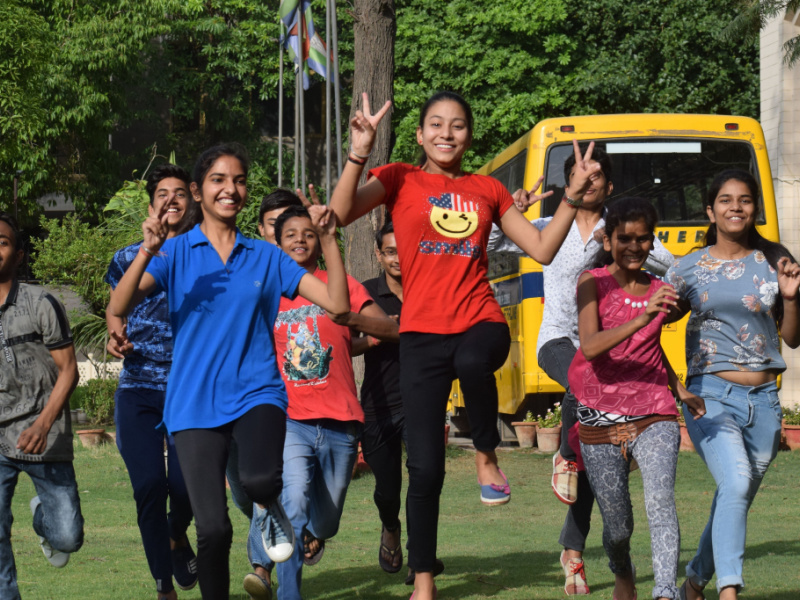
India is at a major juncture that will ensure the economy’s readiness to be globally competitive. There is a strong need for transformation and collective effort to ensure that the Government’s aim for a New India by 2022 turns into reality.
It is with this objective that the NITI Aayog came up with a detailed document called ‘Strategy for New India@75’ in December 2018. The document’s outline states an objective to make India a USD 4-trillion economy by 2022-23. It highlights factors that will help in accelerating economic growth with a special focus on 43 identified areas.
The New India @75 strategy defines clear objectives with a detailed description of the identified areas. It also highlights the progress already made, and key constraints in the path to achieving the objectives.
How the New India@75 strategy was formed?
NITI Aayog has adopted a unique participative approach for this strategy.
The primary focus of the strategy document is to enhance the policy environment such that key stakeholders and private investors can give in their best to achieve the goals laid out for New India 2022. Here are the details of the structure adopted by Niti Aayog in achieving these goals:
- More than 800 stakeholders from the government and 550 external experts provided their valuable inputs in the document preparation.
- Every vertical in NITI Aayog had detailed consultations with all three key groups, including the businesses, academics, and government officials.
- There were also by-consultations with various eminent professionals across all stakeholders, including farmers, scientists, innovators, civil society organizations, trade unions, and industry representatives.
Key contents of the New India@75 strategy document?
The New India@75 strategy is laid out through 41 chapters and the document is divided into four main sections: drivers, infrastructure, inclusion, and governance. Let’s have a look at some of the key points in each of these sections.
Drivers
Focus area
This section talks about factors like growth, employment, enhancement in science and technology, innovation, doubling of farmers’ incomes, and supporting sunrise industries like Fintech and tourism.
Key recommendations
- Accelerate economic development to reach a GDP growth rate nearing 8% by 2023. Aim for an economic expansion to touch USD 4 trillion by 2022-23. Boost investment to reach from the current gross fixed capital formation (GFCF) of 29% to 36% by 2022.
- Introduce a shift in agriculture by converting farmers to ‘agripreneurs’. This has to be done by expanding the National Agriculture Markets and introducing the Agricultural Produce and Livestock Marketing Act as a replacement for the Agricultural Produce Marketing Committee Act.
- Provide an additional boost to ‘Zero Budget Natural Farming’ techniques to minimise costs, enhance land quality and boost farmers’ incomes.
- For maximum employment generation, this document suggests digitisation of labour laws apart from up-scaling and widening the base for apprenticeships.
- Launch of the mission called “Explore in India” through restructuring of mineral exploration and licensing policy.
Infrastructure
Focus area
The infrastructure section talks about laying the physical foundations for enhanced growth to aid the competitiveness of Indian businesses and ease of living for the country’s citizens.
Key recommendations
- Accelerate the set-up of the Rail Development Authority (RDA). This can help the railways in making well-informed decisions for enhanced transparency and a dynamic pricing mechanism.
- Multiply the portion of freight being transported by inland waterways and coastal shipping. To begin, a viability gap funding has to be offered as a stop-gap arrangement until infrastructure is fully developed. Set up an IT-enabled platform to integrate various modes of transport and facilitate multi-modal plus technologically enhanced mobility.
- Since the Bharat Net programme was completed back in 2019, the country’s 2.5 lakh gram panchayats are said to be digitally connected. The objective now is to deliver maximum government services across states, districts, and gram panchayats through digital mediums.
Inclusion
Focus area
This section highlights the urgent need to invest in the capabilities of Indian citizens. It is based on three primary pillars, including health, education and bringing traditionally marginalized sections into the mainstream.
Key recommendations
- Implementation of the Ayushmann Bharat programme by setting up 150,000 health and wellness centres.
- Introduction of the Pradhan Mantri Jan Arogya Abhiyaan (PM-JAY).
- Establish a central-level public health system with assistance from state counterparts.
- Encourage an integrative medicine curriculum.
- Enhance school education quality through a new ecosystem.
- Establish a minimum of 10,000 Atal Tinkering Labs by 2020.
- Set up a digital national educational registry to easily track every child’s learning outcomes.
- To promote better living conditions for workers, and boost affordable housing in urban areas.
Governance
Focus area
This section focuses on streamlining and optimising processes to ensure improved developmental outcomes.
Key recommendations
- As technologies continue to emerge and economic complexities widen, the main recommendation of this section is to implement the points of the Second Administrative Reforms Commission.
- Establish an autonomous body under the Arbitration Council of India to categorise and accredit arbitral institutions to ensure a more cost-effective and speedy process. This will help in minimising the need for court interventions.
- Shift a portion of the workload from the regular court system by clearing pending cases.
- Widen the coverage of the Swachh Bharat Mission to include landfills, plastic waste, wealth from waste, and municipal waste.
Conclusion
The New India@75 document focuses on improving the overall policy environment such that private investors and relevant stakeholders can maximise their contribution to propelling India’s economic development. The idea is to bring together innovation, technology efficient management, and enterprise to form the core of policy implementation and formulation. It will also encourage the country’s citizens and civil society to come up with strategies for better implementation of steps laid out in the strategy document.
FAQs
NITI Aayog or the National Institution for Transforming India was established in 2015 as a Government of India body to offer strategic inputs for different programmes initiated by the government. It offers advice to both the central and state governments.
The strategy focuses on boosting private and public investment at about 36% of the GDP as against 29% back in 2018. This is expected to achieve the expected GDP growth rate.
One of the recommendations part of the New India@75 document state that the government must rationalise taxes and consider easing the tax burden to boost the growth of private investment in the country.
The document states ideas like modernising agricultural technology, enhancing productivity, and bringing in efficiency through crop diversification for higher income in the hands of farmers.





















